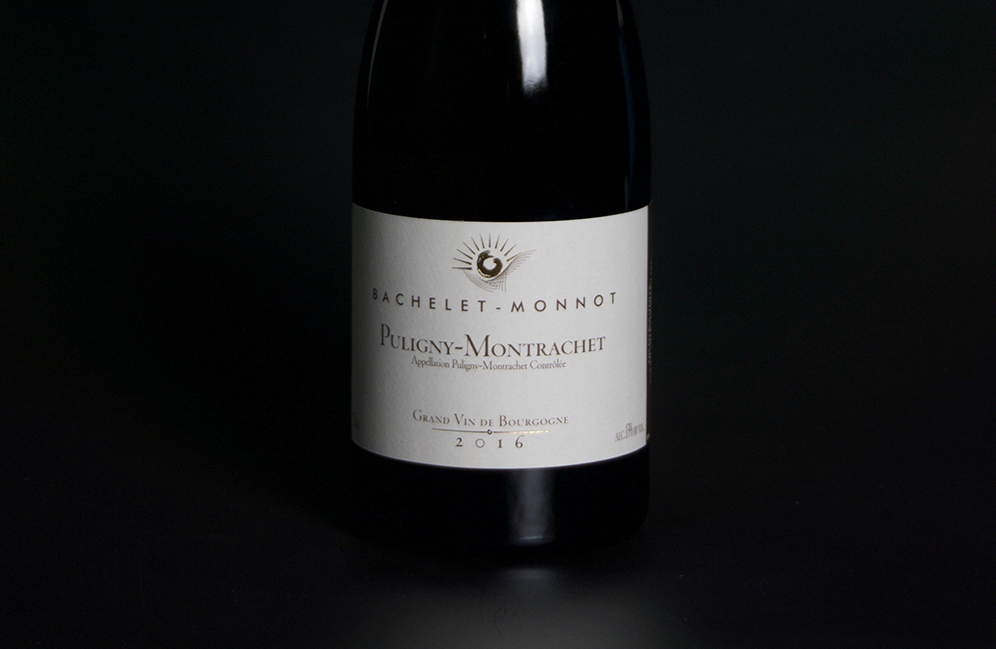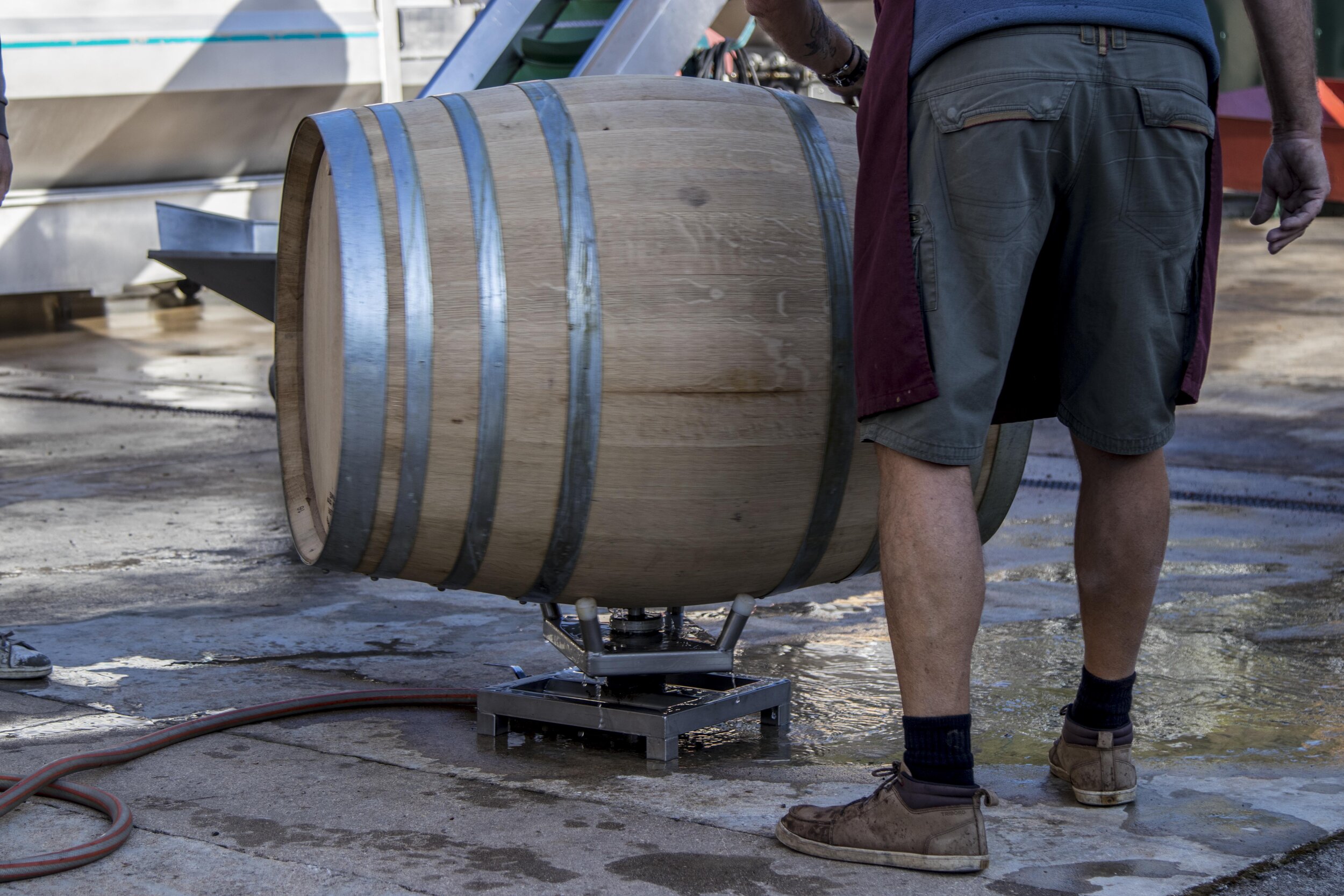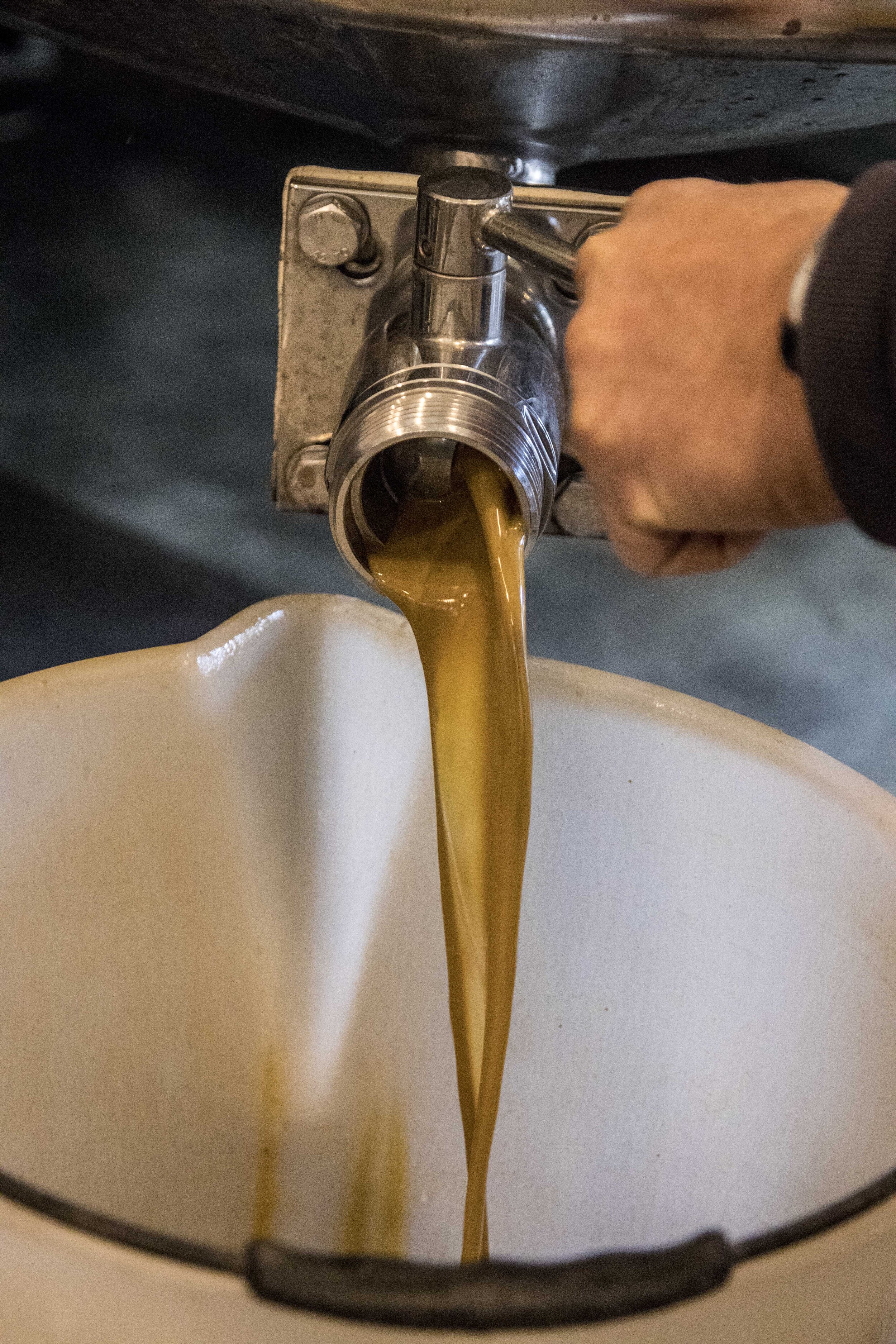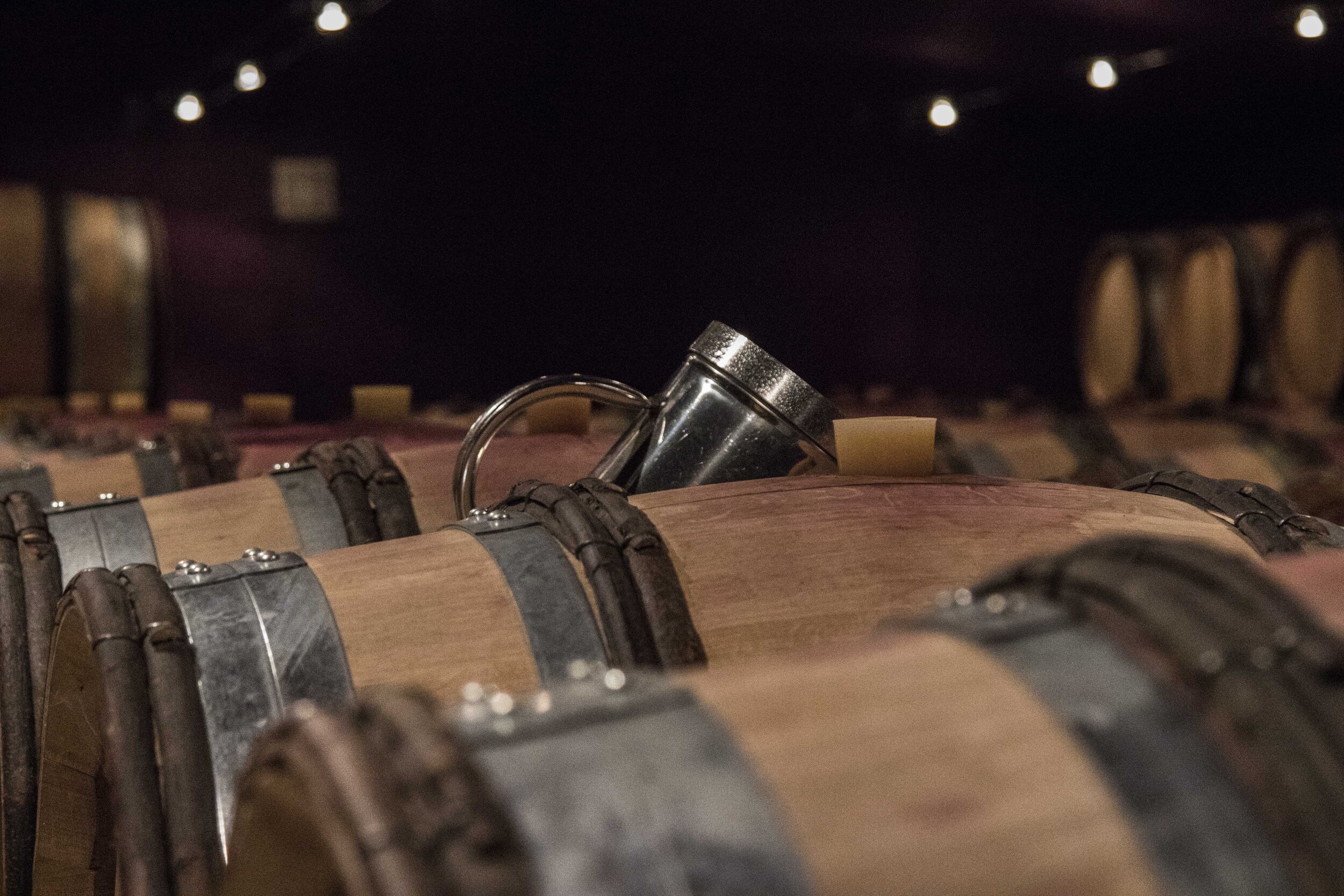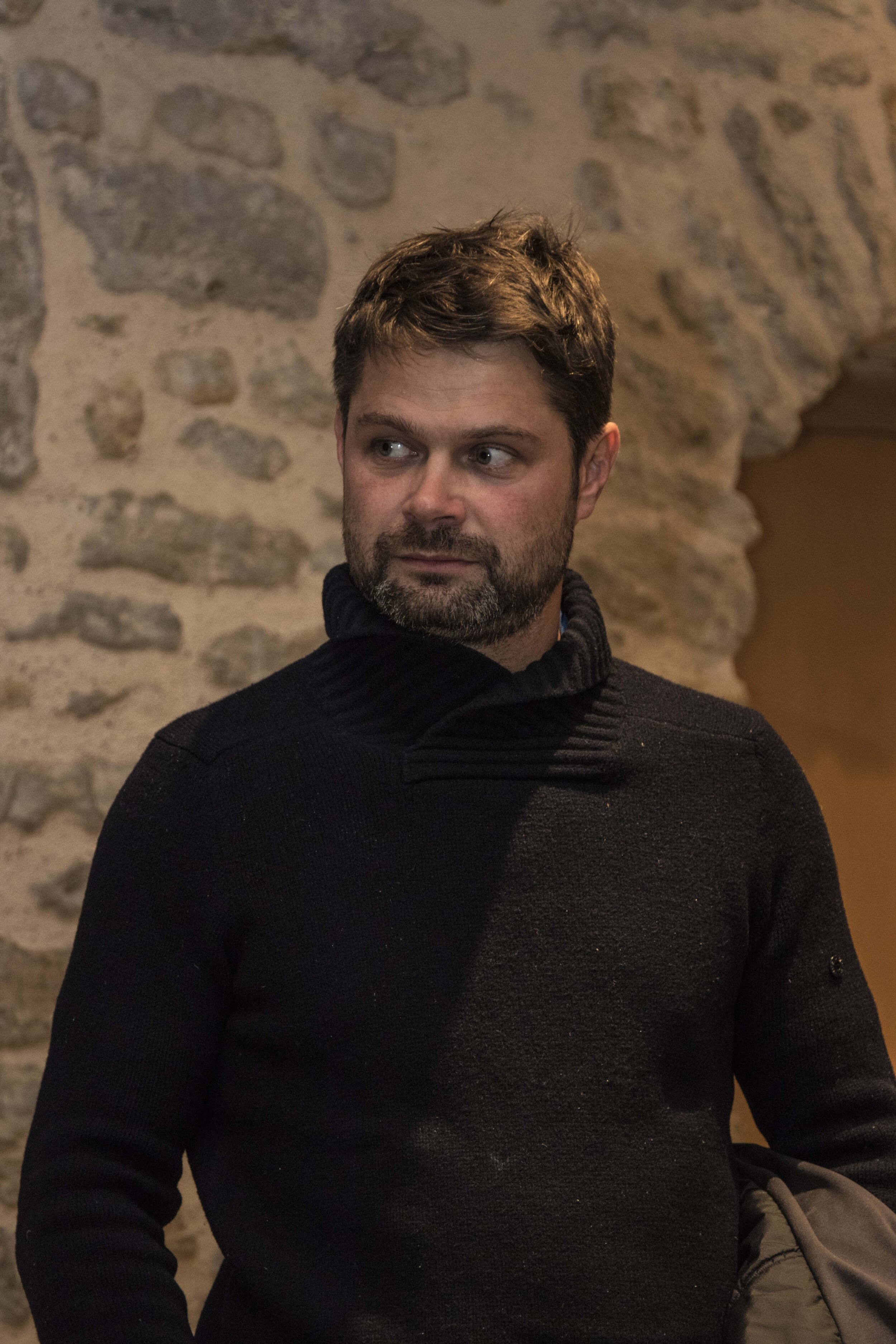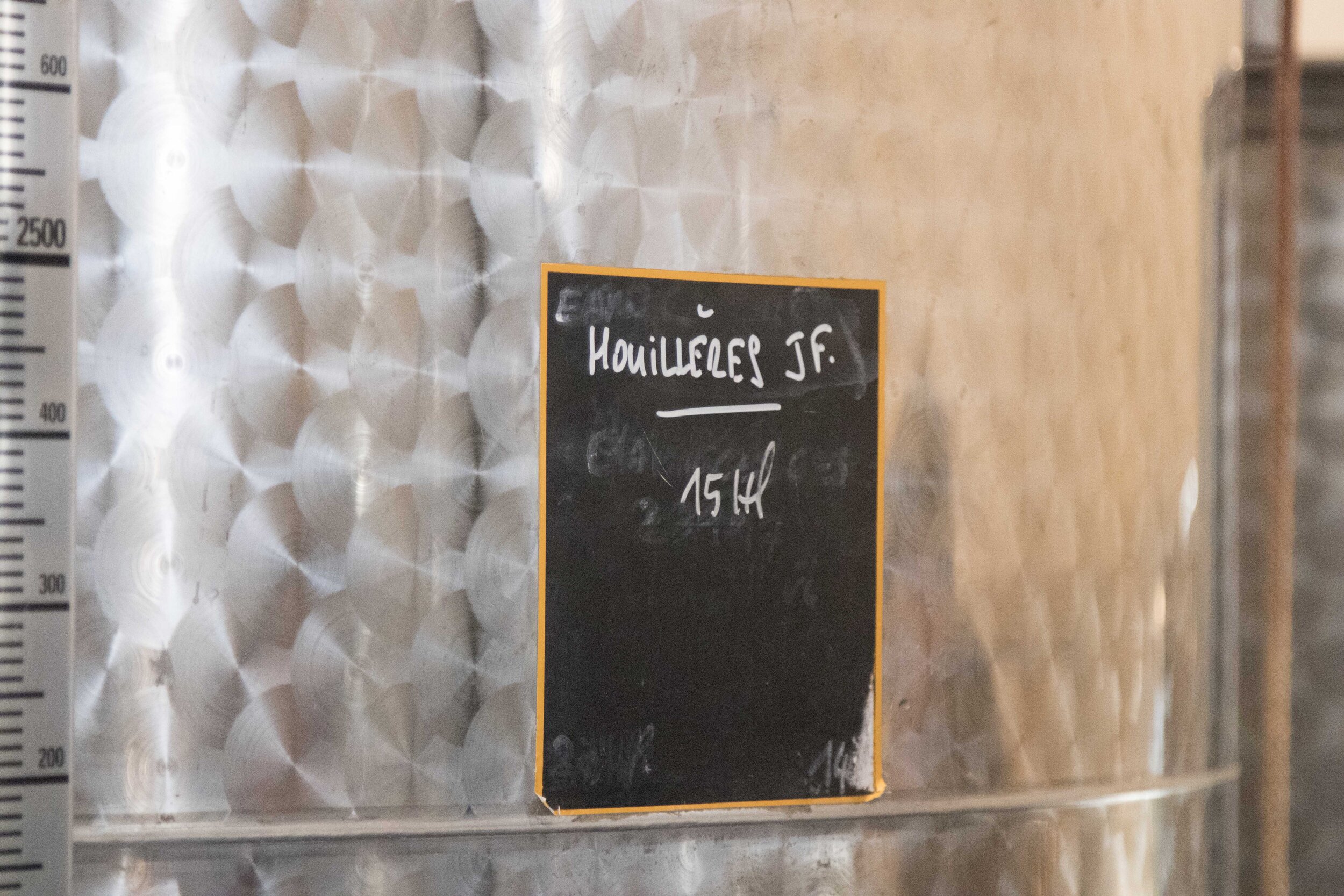DOMAINE BACHELET-MONNOT
Maranges
In 2005, Marc and Alex Bachelet created Domaine Bachelet-Monnot from the union of the vineyards held by their father and their uncle.
Marc and Alex’s grandfather was a vigneron and created Domaine Bernard Bachelet et Fils in Chassagne-Montrachet. Their father, Jean-François Bachelet, worked at this estate for his entire life. Jean-François was also a leading advocate for Maranges getting its AOC status. Prior to 1989, the wine was sold as Côte de Beaune Villages.
The two brothers started with 10 hectares but now farm just over 22 hectares of vines. It is a mix of family-owned vineyards and long-term leased vineyards.
Present in so often forgotten appellations such as Maranges and Santenay it is fascinating to see what a new pair of well-traveled eyes, an innate understanding of each vineyard’s terroir, and instinctive winegrowing talent can produce.
Bachelet-Monnot has been captivating the wine world right from the start and with each subsequent release outdoing the last, it’s a Domaine to keep an eye on!
In the Vineyard
The Bachelet brothers adopt a labor-intensive approach in the vineyards to achieve their goals of naturally balanced and precise wines.
No herbicide is used and the rows are ploughed regularly to manage weeds, aerate the soil, and cut the horizontal roots to encourage deep growth. Strict de-budding is carried out to keep the yields low.
All grapes are handpicked at optimum ripeness.
In the Cellar
The Chardonnay grapes go through a long press before being fermented with indigenous yeasts.
The Pinot Noir grapes are mostly de-stemmed and only 15 to 30% of whole clusters are kept for the fermentation. The red grapes used to go through a cold maceration but the two brothers realized that such practice could result in excessive additions of sulfur dioxide.
In addition to the traditional barrels, Alex and Marc also use larger, 350-liter barrels for their whites, as the lower ratio of oak to wine avoids strong oak flavors in the wines.
The wines are aged for 12 months before being racked into tank or concrete vats for another six to eight months of aging on the lees before bottling.
Batard-Montrachet Grand Cru
This Batard-Montrachet Grand Cru is made from a tiny plot of vines planted in 1997.
Maranges 1er Cru Rouge
Clos de la Boutière
This clos grows at a lower elevation than Fussière and borders Santenay’s Clos Rousseau 1er Cru. This cuvee is made from 1,4 hectares of vines that are on average 75-year-old.
Maranges 1er Cru Rouge
La Fussière
With a total of 4.4 hectares, this plot of Pinot Noir vines constitutes the largest holding of the Domaine. The site is up-slope and the vines are on average 55-year-old and are planted on calcareous soils.
Maranges 1er Cru Blanc
La Fussière
This wine comes from just under 1 hectare of vines averaging 35 years of age. They grow in the most calcareous zone of Fussière.
Puligny-Montrachet 1er Cru
Les Folatières
The vineyard of Les Folatières runs along the upper slope of the premier cru band, on the same contour as Chevalier-Montrachet.
The Bachelet-Monnot parcel is in the northwest corner, up near the premier cru of Les Truffières. Alex and Marc farm just over 0.4 hectares of vines here that average 50 years of age.
Puligny-Montrachet 1er Cru
Les Referts
This vineyard is down-slope within the premier cru band, adjacent to Meursault’s Les Charmes. The two brothers farm just over 0.4 hectares here and the vines average 50 years old.
Saint-Aubin 1er Cru
En Remilly
The vineyard of En Remilly is on the southwest-facing flank of the Montrachet hill and is recognized to be one of the best vineyards in Saint-Aubin. The Bachelet brothers farm just over 0.4 hectares here.
Puligny-Montrachet Village
This Puligny-Montrachet Village comes from 4 old-vine parcels: Les Corvées, Les Meix, Les Houillières, and Noyer Bret.
Chassagne-Montrachet Village
This Chassagne-Montrachet Village is a representative blend of the commune, with grapes from 5 parcels around the appellation: La Canière, Le Chêne, Les Benoîtes, Le Pot Bois, and En Journoblot. The vines cover in total just over 2.4 hectares and are 35 years old on average.
Bourgogne Blanc
From 1.3 hectares of Chardonnay growing in the lieu-dit of L’Ormeau within the commune of Puligny. The vines here are on average 50 years old.







